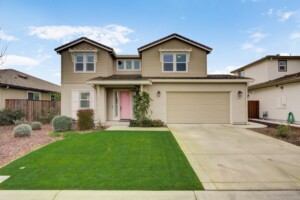
Whether you’re looking to rent or buy your next home, you’ll find that there are a plethora of different types of houses to choose from. No matter your budget or aesthetic preferences, there’s something for you. Are you looking for an expansive home with elaborate designs and luxurious amenities? Maybe you’re not quite ready to buy and a smaller rental property is more your speed? Whether you’re in the market for a mansion in Madison, WI, a duplex in Dallas, or a cabin in the countryside, you’ve come to the right place. Here are the many types of houses that could become your next home.
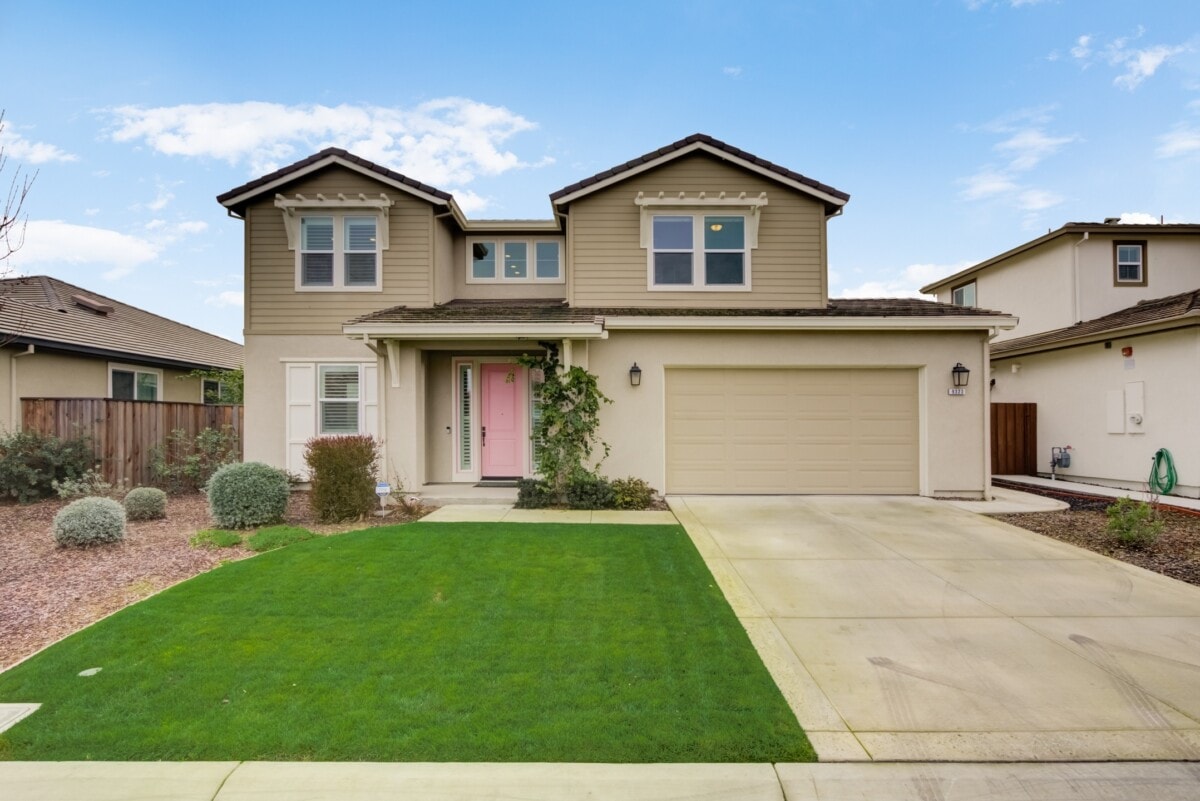
Single-family and detached homes
1. Single-family home
Single-family homes represent a traditional type of house, ideal for those seeking more space and privacy. These houses come in a variety of styles and typically feature their own yard, garage, and outdoor space, offering more freedom compared to shared housing options. Homeownership is common for this type, providing long-term investment opportunities and customization potential, but renting is also an option. They are often located in suburban or rural neighborhoods, catering to those who prioritize quiet environments and community settings.
2. Accessory dwelling unit (ADU)
ADUs, or accessory dwelling units, are small, self-contained types of houses located on the same property as a main home. They can be detached structures, converted garages, or basement apartments, providing extra living space whether you’re hosting guests or using it for rental income.
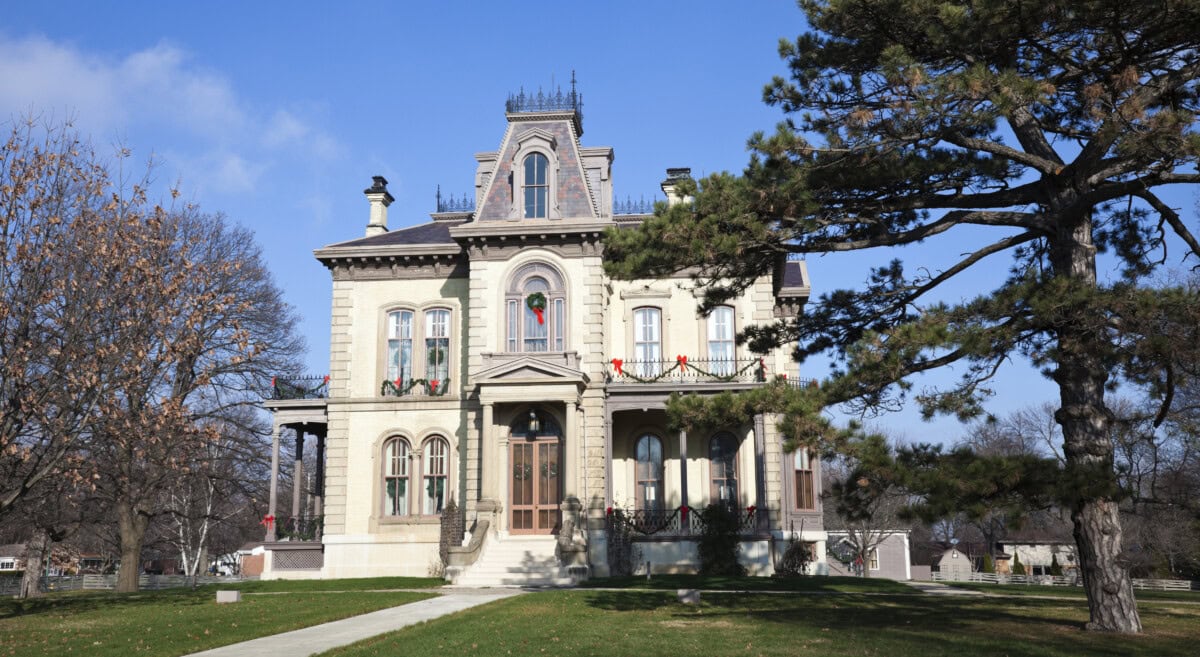
3. Mansion
Mansions are large, luxurious homes typically featuring expansive living spaces, high-end materials, and custom finishes. Mansions often have grand architectural elements, multiple bedrooms, en-suite bathrooms, formal dining rooms, home theaters, libraries, and private outdoor areas like pools or tennis courts. This luxurious home type can be found in expensive neighborhoods or sprawling estates and are a symbol of wealth and status. Mansions cater to those who prioritize space, privacy, and a high level of comfort and design.
4. McMansion
Owing its name to a particular fast-food chain, the term “McMansion” refers to a large, mass-produced home often built in suburban areas during housing booms. Typically, these types of houses prioritize square footage over quality craftsmanship, with features like large foyers, vaulted ceilings, and multi-car garages. While they offer plenty of space, they are sometimes criticized for their generic aesthetic and inefficient layouts.
5. Cabin
A cabin is a small, rustic home often found in rural areas, commonly used as a vacation retreat. Built from natural materials like wood or stone, cabins evoke a cozy, nature-inspired atmosphere. They typically feature open-concept designs, fireplaces, and outdoor porches to enjoy the surrounding environment. Cabins appeal to buyers who value privacy, nature, and a peaceful escape from urban life, with designs that prioritize warmth and charm over modern luxury.
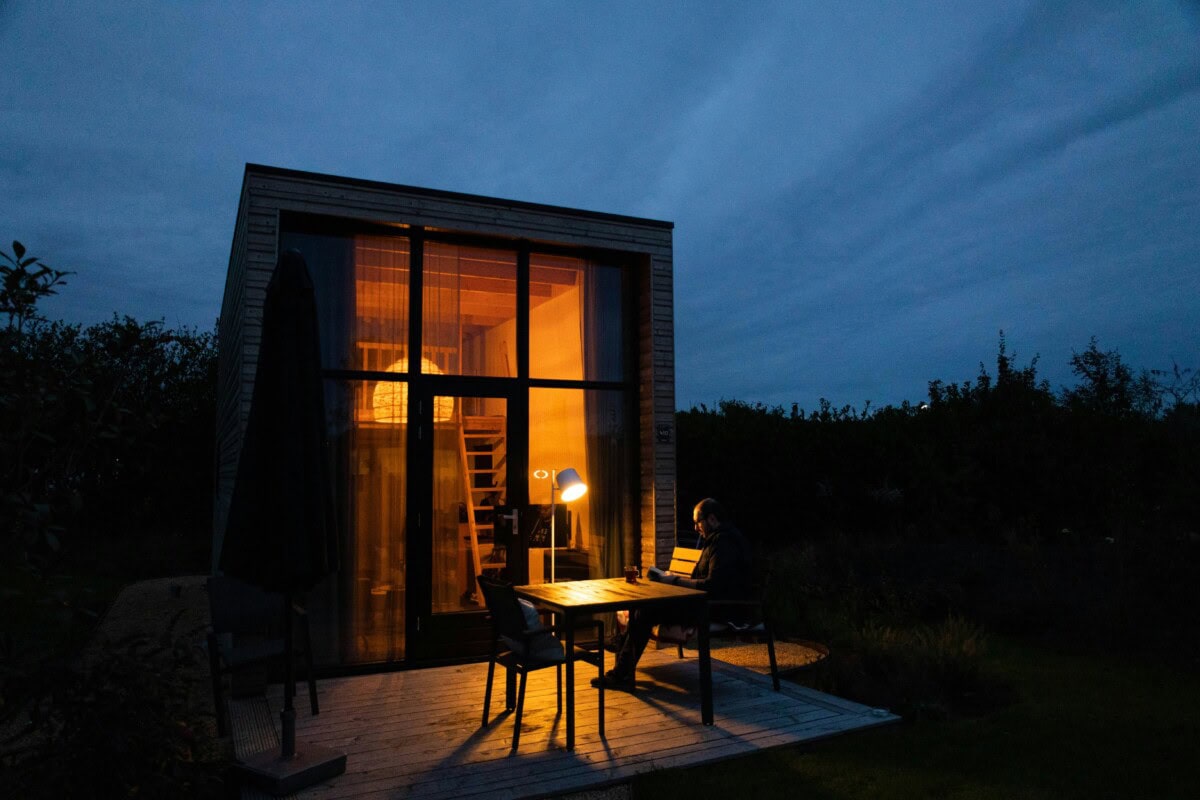
6. Tiny house
Tiny homes are compact types of houses, typically under 500 square feet, designed for minimal living and efficient use of space. They appeal to people seeking affordability, sustainability, or mobility, with some models built on wheels for travel. Despite their small size, these types of
Multi-family homes
7. Apartment
An apartment is a self-contained living unit within a larger building or complex, typically featuring multiple units on separate floors. Apartments vary in size, ranging from studios to multi-bedroom layouts, and often share amenities like gyms, laundry rooms, or courtyards. These residences are commonly found in urban or suburban areas, providing convenience and proximity to public transportation and services. Apartments are ideal for renters or buyers seeking low-maintenance living and access to shared facilities. With shared walls and neighbors close by, apartments foster a sense of community while balancing privacy within each unit.
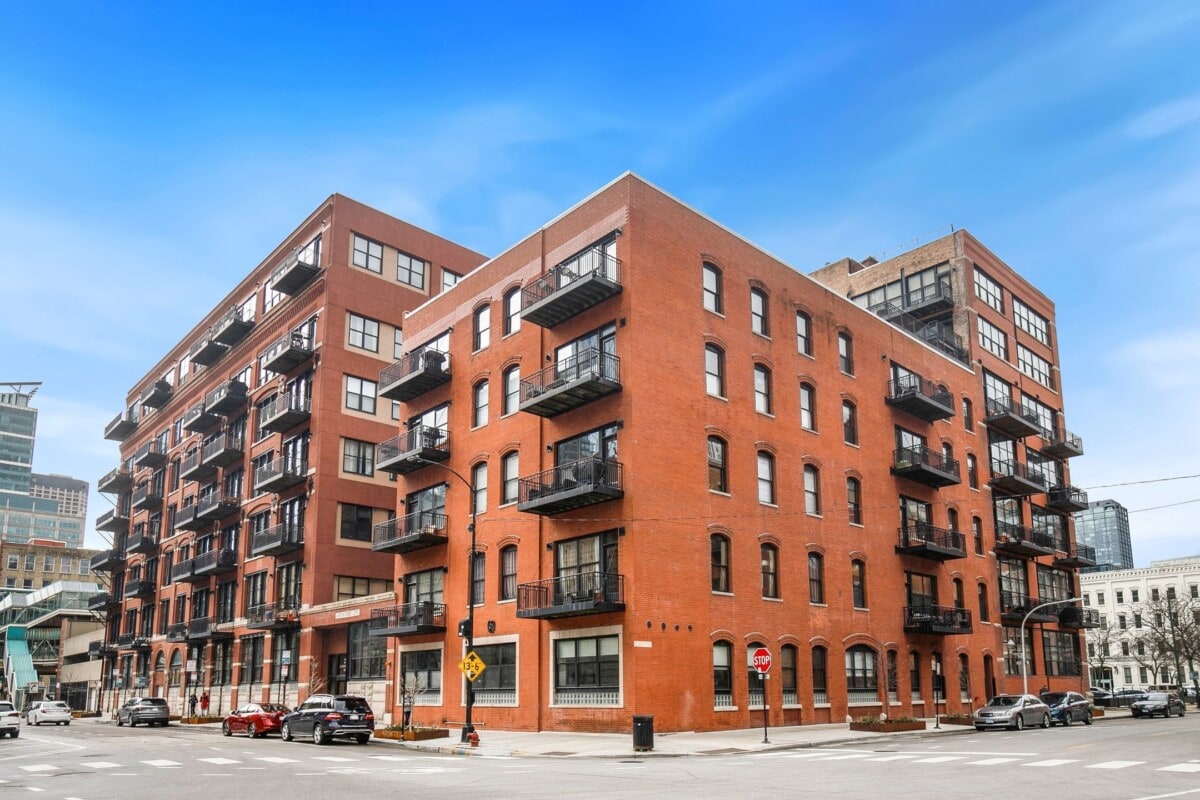
8. Condo
Condominiums, or condos for short, are a popular type of house for those who want to own a home without the upkeep of a single-family property. Condo owners purchase individual units within a larger building or complex and share ownership of communal areas like gyms, pools, and parking lots. Maintenance of shared spaces is typically handled by a homeowners’ association (HOA), which charges monthly fees.
9. Duplex
A duplex is a single building with two separate living units. They can be configured either vertically, where one unit sits above the other, or horizontally, meaning the units are side-by-side and share a common wall. In most cases, each unit has its own entrance. These types of houses are usually owned by a single landlord or entity who rents out the units to tenants.
10. Co-op
A co-op, or housing cooperative, is a unique type of house arrangement where residents own shares in the building instead of individual units. Co-ops are common in urban areas, such as New York City, where buyers purchase a share of the cooperative and gain the right to occupy a specific unit. This form of ownership requires approval from a co-op board, making the process more selective. Monthly fees cover building maintenance and living expenses, often making them a more affordable option compared to condos.
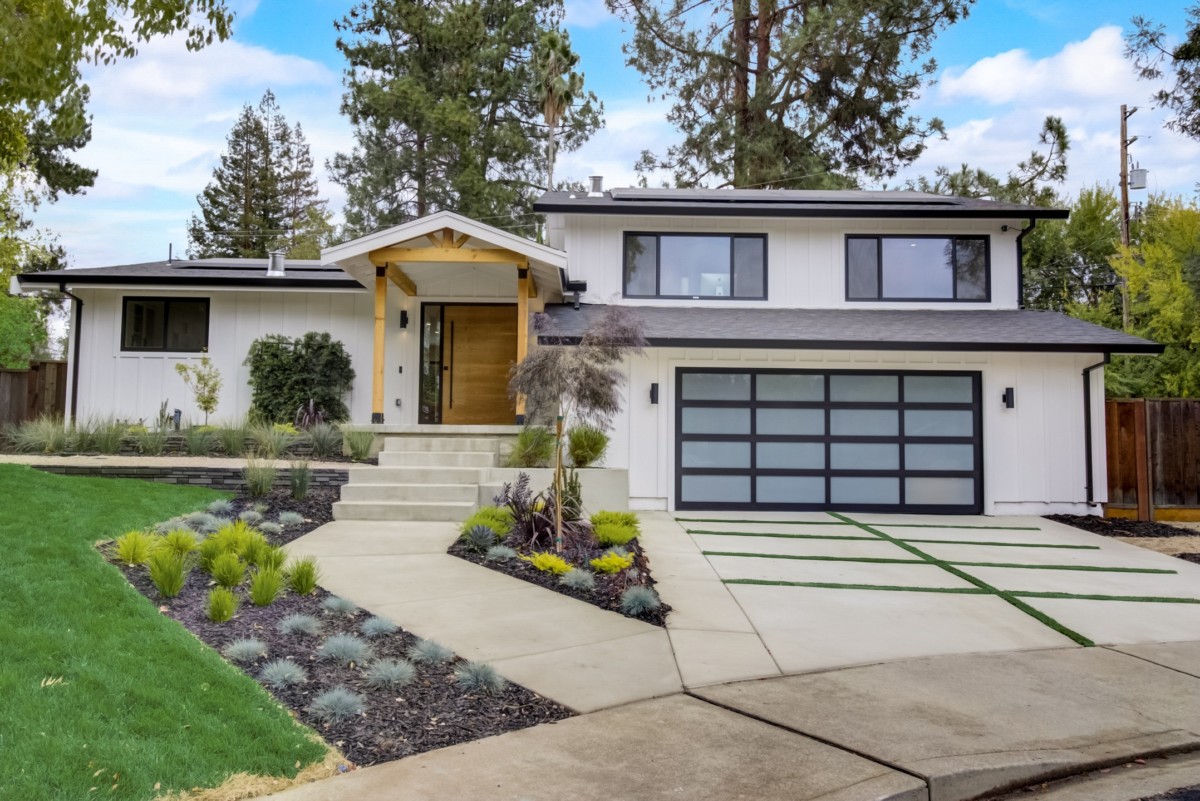
11. Split-level house
A split-level house features a unique, multi-tiered design where living spaces are staggered on different levels, connected by short flights of stairs. Typically, the main floor includes common areas like the kitchen, dining room, and living room, while the upper and lower levels house bedrooms, living rooms, or utility spaces. This layout maximizes square footage while creating distinct zones for different activities. Popular in mid-20th-century suburban neighborhoods, these types of houses are known for their efficient use of space, appealing to homeowners seeking separation between living and sleeping areas.
12. Townhouse
A townhouse, or townhome, is a multi-story, single-family residence that shares one or more walls with neighboring homes in a row or cluster. Typically featuring multiple levels, these types of houses often include private entrances, small backyards or patios, and sometimes shared amenities within the community. They combine the benefits of single-family living with the lower-maintenance aspects of apartments or condominiums. Common in both urban and suburban areas, townhomes attract buyers looking for affordability, privacy, and a balance of convenience and community living.
Prefabricated and mobile homes
13. Modular home
A modular home is a prefabricated house built off-site in sections and then assembled on a permanent foundation. Unlike mobile homes, modular homes comply with the same building codes as traditional site-built homes and can include custom layouts and finishes. They offer flexibility in design, from small, budget-friendly options to larger, high-end constructions. The manufacturing process for these types of homes shortens construction timelines and often reduces costs, making them appealing to buyers seeking efficiency and affordability without sacrificing quality.
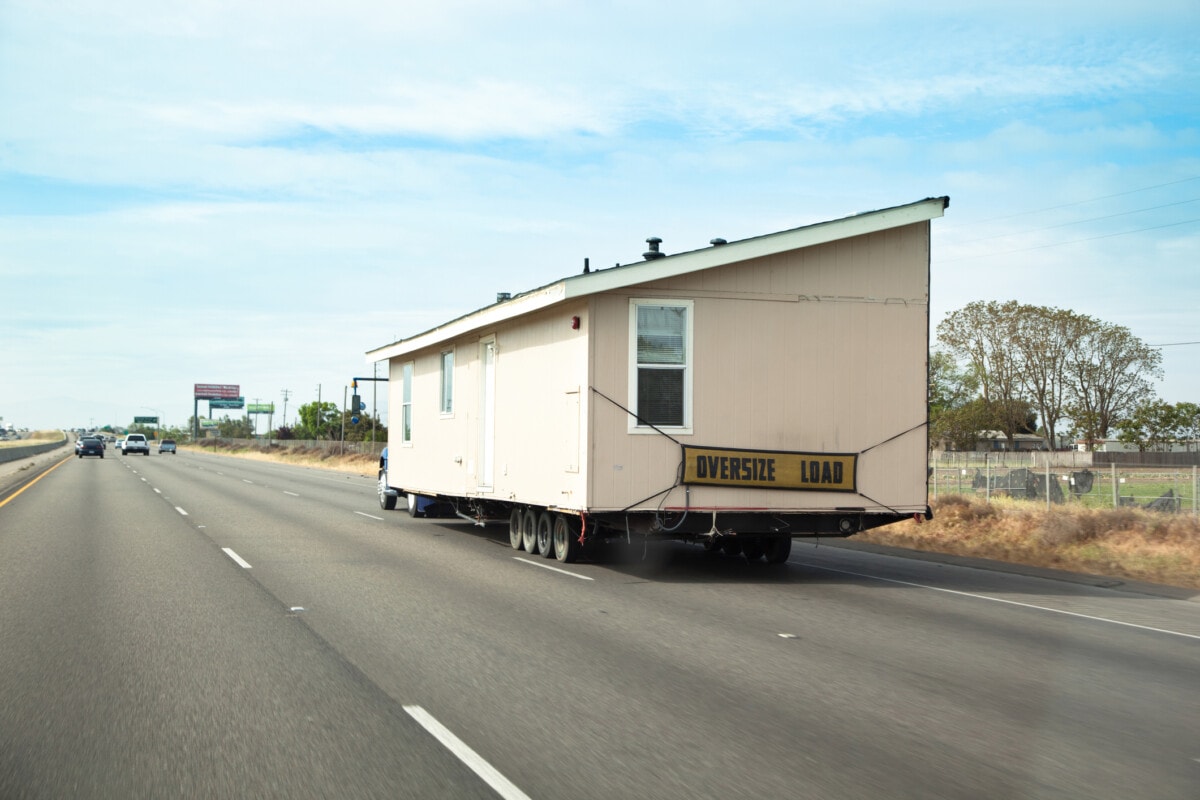
14. Mobile home
A mobile home, also known as a manufactured home, is a prefabricated structure built on a chassis and designed to be transported to a designated location. These homes can be placed in mobile home parks or on private property, offering an affordable housing option. Modern mobile homes come in a variety of sizes and layouts, often featuring multiple bedrooms, kitchens, and living areas. Although they were once considered temporary housing, many newer models provide long-term living solutions with upgraded materials and designs, making them an accessible choice for budget-conscious buyers.
Waterfront and floating homes
15. Houseboat
Houseboats are the perfect home type for those hoping to combine residential living with the freedom of life on the water. Typically docked at marinas or moored on rivers and lakes, these types of houses can be stationary or mobile, depending on the design. They often feature full living amenities, including kitchens, bathrooms, and bedrooms, similar to traditional homes. Houseboat living is ideal for those seeking a waterfront lifestyle, with scenic views and access to boating activities.
16. Floating house
Floating houses are similar to houseboats, but they aren’t mobile. Instead, this type of house is built atop a floating foundation and is permanently docked in one area. You’re most likely to see this home type in west coast cities like Seattle and Portland.
Alternative and sustainable homes
17. 3D-printed house
3D-printed houses are an innovative type of house constructed using large-scale 3D printing technology to build walls, foundations, and other structural components. This process significantly reduces construction time and cost. The technology also allows for eco-friendly designs, with minimal construction waste and the use of sustainable materials. These types of houses can be customized to fit different layouts and styles, offering both durability and modern appeal, while showcasing how technology can reshape the future of homeownership and development.
18. Dome home
As the name implies, dome homes are a unique type of house known for their rounded, geometric shape, which enhances energy efficiency and structural durability. Their aerodynamic design makes them resistant to extreme weather conditions, such as hurricanes, earthquakes, and heavy snow. These homes are often constructed using materials like concrete, fiberglass, or sustainable earth-based components, reducing environmental impact. These types of homes are highly insulated, requiring less energy for heating and cooling, making them a popular choice for eco-conscious homeowners. With their futuristic look and resilience, these homes offer both sustainability and long-term cost savings.
19. Earthship
Known for their self-sufficiency, earthships are designed to be entirely off-grid, using natural and recycled materials such as tires, glass bottles, and adobe. These homes rely on passive solar heating, rainwater collection, and built-in greenhouse systems to create a self-sustaining environment. Thick, earth-filled walls provide excellent insulation, keeping the interior temperature stable year-round without traditional heating or cooling systems. This home type promotes sustainable living by reducing dependence on external utilities and minimizing waste.
The post House Hunting? Here Are 19 Types of Houses to Know appeared first on Redfin | Real Estate Tips for Home Buying, Selling & More.